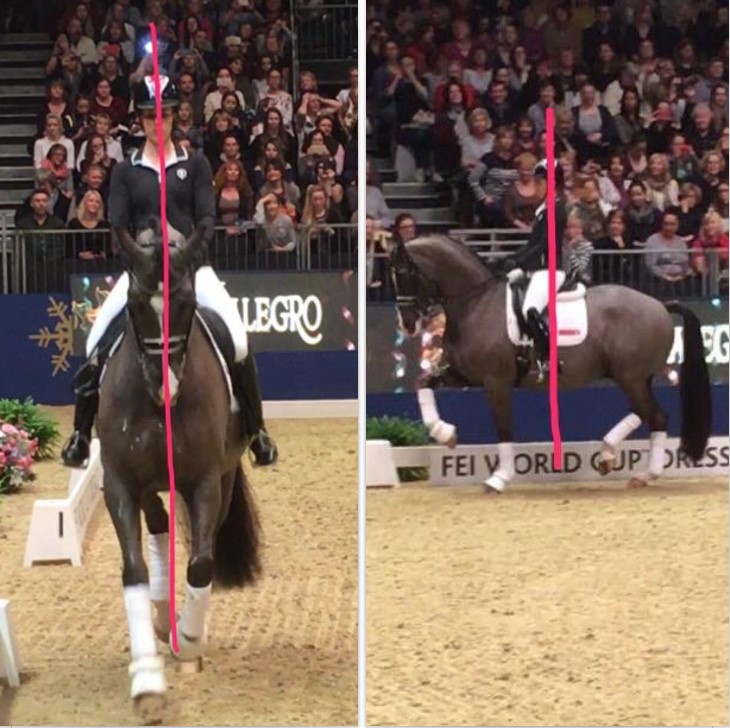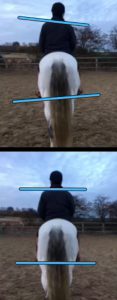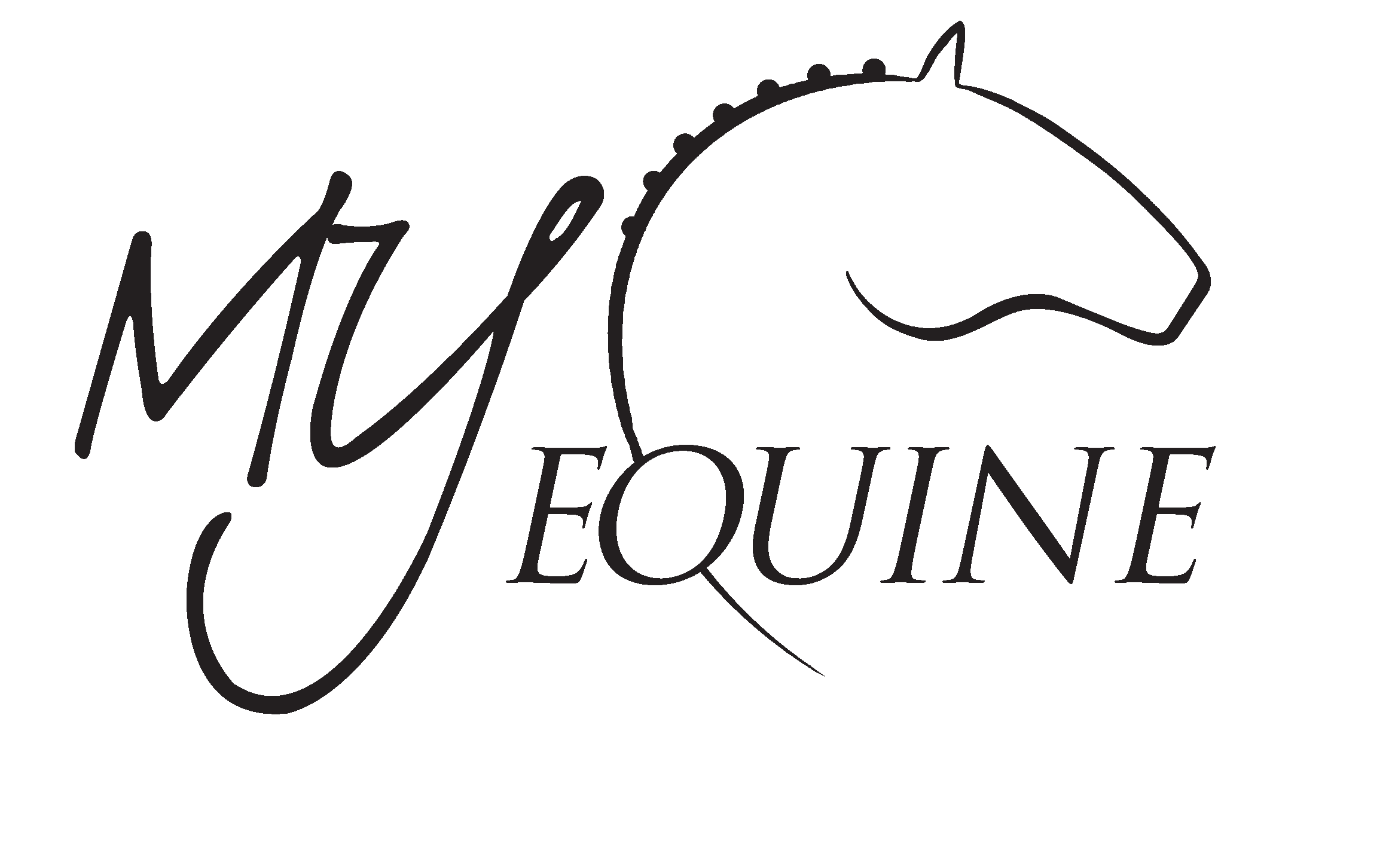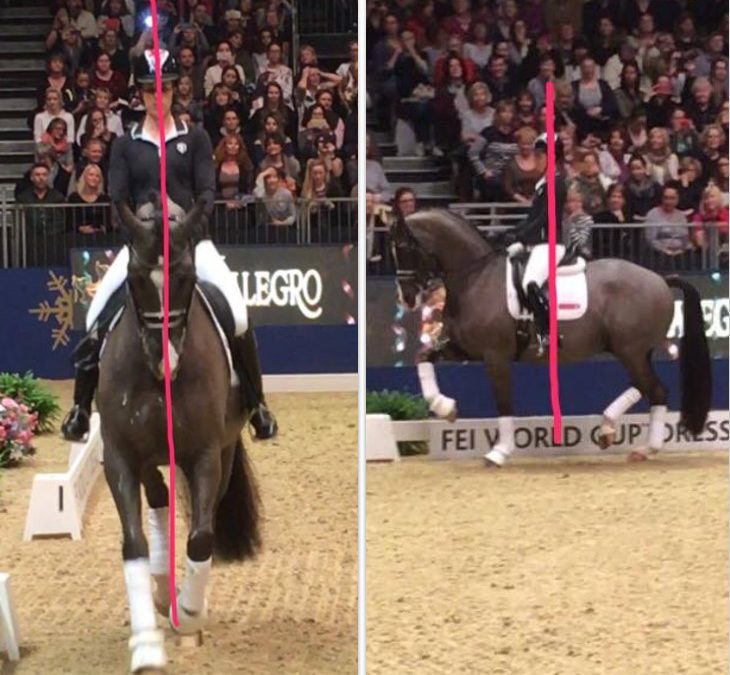As riders, we are obsessed with the straightness of our horses….and should be! So much so that the phrase ‘straightness training’ is now very much in vogue and has given rise to many excellent articles, research papers, videos, and blogs – all listing the many benefits of a straight horse.
Straightness in the equine can be improved with the regular use of particular training exercises and methods, but perhaps more importantly, they improve the rider’s awareness and ultimately their own straightness.
Even the most talented riders work hard to improve and maintain their straightness – but what really sets them apart?
I found this fabulous post that captures the talents of Charlotte Dujardin. The person responsible for the post succinctly writes about the Charlotte’s perfect alignment from any angle.

My belief is that they possess great body awareness and ability to self-correct. This may be innate in some talented individuals but it can definitely be learned and improved upon with the use exercises and a modicum of discipline.
My own riding and training started traditionally and focused very much on correcting the horse, but for me, the ‘penny dropped’ when I began to explore ‘Classical Riding’ and ‘Biomechanics’. I strongly believe that we owe it to the horse to be the best passenger possible, regardless of the chosen discipline.
Much of my teaching now focuses on rider improvement and awareness, with the knowledge that rider correctness directly influences the horse’s ‘way of going’.
 A) This ‘naturally’ cooked rider is right side dominant. He has a tendency to drive more with his right leg, and in doing so, pushes his seat off to the left and drops his right shoulder. He is also right side dominant when on the left rein and his left leg to outside rein connection lacks co-ordination as a result. The horse mirrors the posture by appearing concave on his right side and a propped on his left. Standing square appears difficult.
A) This ‘naturally’ cooked rider is right side dominant. He has a tendency to drive more with his right leg, and in doing so, pushes his seat off to the left and drops his right shoulder. He is also right side dominant when on the left rein and his left leg to outside rein connection lacks co-ordination as a result. The horse mirrors the posture by appearing concave on his right side and a propped on his left. Standing square appears difficult.
B) A straighter picture following a correction to the seat and weight distribution. This alone improves the alignment of the spine and core function/stability. In addition, hip function and leg position is enhanced. The horse responds by standing straighter and appears to work with hindlimbs more evenly and correctly.
Most people favour a side or hand dominance (functional asymmetery). Generally speaking, this usually does not present a problem in daily living. However, some activities, horse riding for one, requires good bilateral coordination (both hands working together at the same time requiring the integration of both hemispheres of the brain).
How to improve your body awareness and bilateral co-ordination
It may seem counter productive but working one side of the body has many benefits. Often when performing bilateral movements we allow the dominant side to compensate for the weaker one. Instead, why not try exercising one side of your body at a time (unilateral and offset exercises). Not only are both sides forced to load independently, your muscle and nervous system work to co-ordinate and control movement, giving rise to important neurological adaptations.
Like many, time is an issue for me, so visiting the gym is out of the question. I personally like to integrate changes into daily living. Notice certain habits – how you always use the same hand to pick things up or how you climb the stairs with the same leading leg. Simply make changes to these habits – try climbing the stairs with the less dominant leg leading as a start. You’ll be surprised how odd and difficult it can even feel when you first try it!
Having worked to improve your weaker side, now consider improving your bilateral coordination:
- Symmetrical movements: anything where you use both hands at the same time, i.e. catching a ball with both hands.
- Alternating movements: using alternating diagonal limbs, i.e. swimming, cycling, etc or try Cross Crawling! Lay on your back (preferably with some padding underneath) right arm stretched above your head and the left knee bent and pulled up into your body. Lower and straighten your left leg and right arm towards the ground and at the same time, raise your left arm and bent right leg towards the body (as if running).
Happy exercising, hopefully you will experience results in a surprisingly short space of time!

